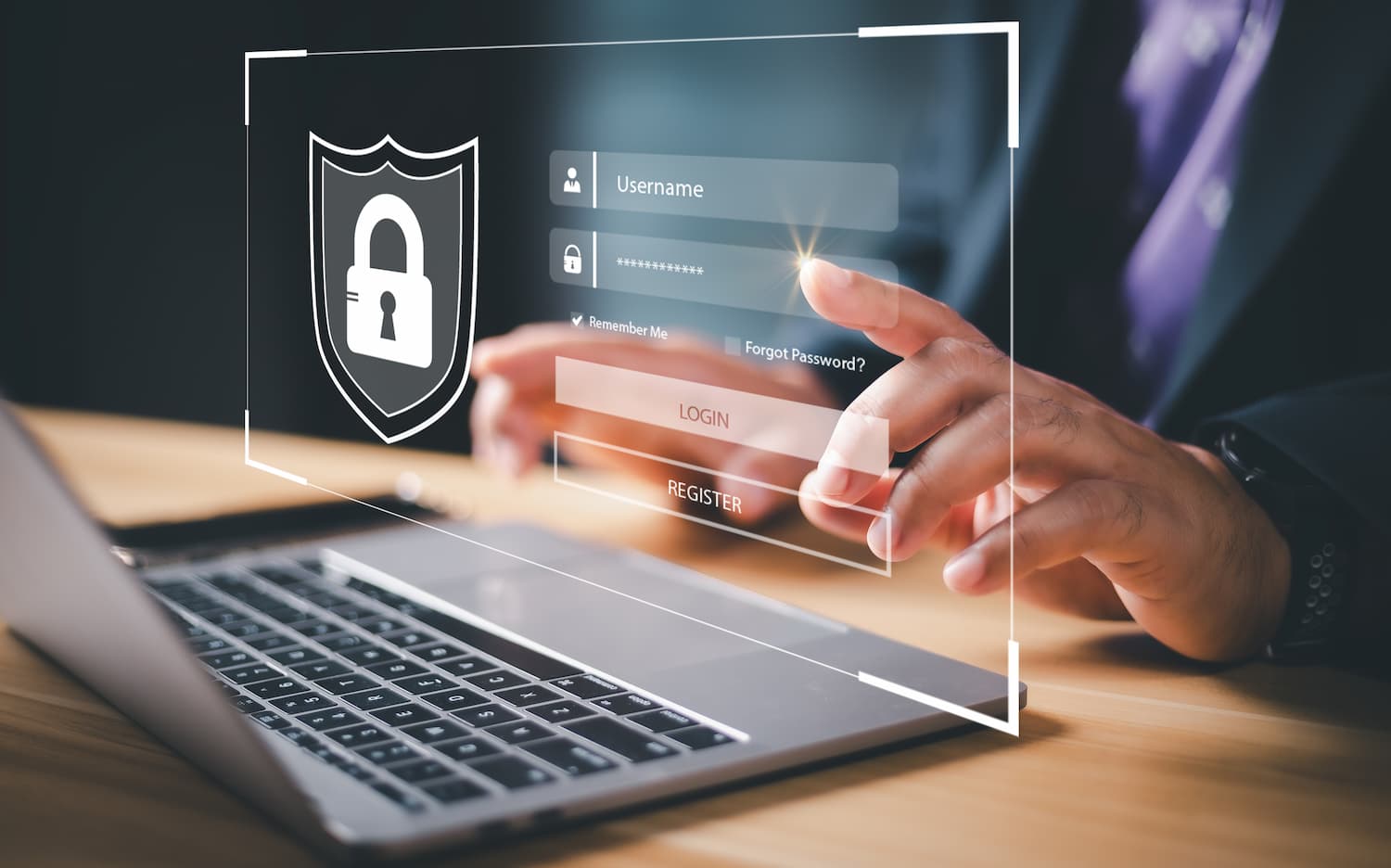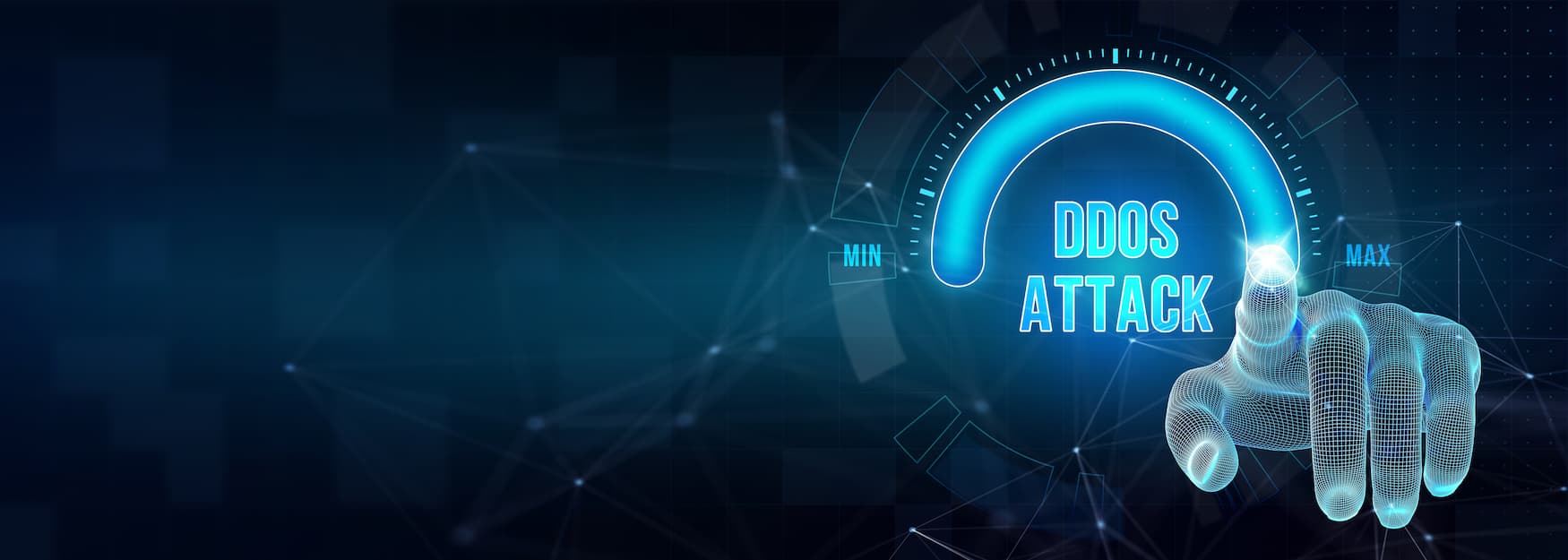Cybersecurity It is a complex and multidimensional field that seeks to protect information systems, networks and data from attacks, unauthorized access and other digital threats. The CIA (Confidentiality, Integrity, Availability) model is the foundation of the Cybersecurity that protects information and systems. Below, we’re going to break down each of these essential features and other key aspects that make the cybersecurity is indispensable for today’s digital environment.
1. Confidentiality
One of the main characteristics of cybersecurity It is confidentiality, which means protecting confidential information from unauthorized access. In a world where the amount of data processed, stored, and transferred is enormous, it is critical to keep data secure to protect privacy and prevent malicious use.
Data encryption, user authentication, and access controls are some of the techniques and tools used to maintain confidentiality. If these mechanisms are not implemented, cybercriminals could access sensitive data, endangering the security of individuals and organizations.
In this context, cybersecurity It is responsible for ensuring that only authorized people or systems can access private or sensitive information, protecting it from theft, espionage or any type of leakage. The use of strong passwords, two-factor authentication, and encryption systems are common methods of protecting confidentiality.
2. Integrity
Integrity in cybersecurity ensures that the information that is stored, processed, or transmitted is not altered or modified in an unauthorized manner. This means that during storage or transmission, data must remain complete and accurate, unchanged, unless done by authorized users or systems.
Data corruption or malicious manipulation of information can cause serious problems for an organization, especially in industries where data accuracy is crucial, such as healthcare or finance. In this sense, the Cybersecurity provides mechanisms such as checksums, digital signatures, and integrity checks that ensure that data has not been modified or corrupted during transfer or storage.
The concept of integrity is not limited to data; It also applies to systems and processes. The Cybersecurity ensures that systems operate under controlled conditions and are not affected by external interference that could damage their operation.
3. Availability
Availability is another fundamental pillar of cybersecurity and refers to the ability of systems and data to be accessible when required by authorized users. This means that information systems must be protected against disruptions that may occur due to cyberattacks, such as denial-of-service (DDoS) attacks, hardware failures, or natural disasters.
Organizations should implement redundancies, backups, and disaster recovery plans to ensure availability. If the most secure systems cannot be accessed when needed, even the most secure ones can be ineffective.
In the field of cybersecurity, it is crucial to ensure the availability of important infrastructure, such as energy networks, financial systems or health services, as an outage could have significant repercussions. A crucial component of availability in Cybersecurity is the ability of a system to recover and restore its operation quickly.
4. Authentication
Authentication is another important part of cybersecurity because it allows you to verify who are the users or systems that are trying to access a resource. Authentication ensures that only authorized users can access sensitive data and interact with systems.
There are a variety of approaches to authentication, ranging from conventional passwords to more advanced systems, such as multi-factor authentication (MFA), which uses at least two verification methods (user data, ownership, and identity). This technique is crucial for the cybersecurity because it protects against unauthorized access.
Cybersecurity It also encompasses the use of biometric technologies, such as fingerprints, facial recognition or retina scanning, to improve authentication. These techniques are becoming increasingly common in business environments and for the use of critical services, due to their high level of accuracy and difficulty of counterfeiting.
5. Non-repudiation
A crucial feature of cybersecurity It is non-repudiation, which guarantees that an action or transaction carried out in a system cannot be denied by the parties involved. This is especially important in the legal realm, where it is necessary to ensure that a transaction or action carried out by a person or entity cannot be repudiated after it has been carried out.
In cybersecurity, non-repudiation is achieved through the use of digital signatures and other verification mechanisms that ensure that the parties cannot deny having made a transaction or communication. This concept is essential to ensure transparency and accountability in the use of digital systems, especially in financial transactions, digital contracts, and critical communications.

6. Access Control
An important feature of cybersecurity It is access control, which refers to the ability to restrict and control who can access certain resources or information. Access control in the Cybersecurity is implemented through policies that establish user privileges within a system.
There are several types of access control, such as role-based access control (RBAC), where users are given permissions based on their role within the organization, and attribute-based access control (ABAC), where permissions are assigned based on specific attributes such as location, device used, or access time.
In cybersecurity, access control is critical because it limits the exposure of sensitive data to the people who need access to it to do their jobs. This decreases the chance of internal and external leaks by limiting the chances of unauthorized access.
7. Audit and Monitoring
An essential feature of cybersecurity It is the ability to perform constant audits and monitoring of systems to detect anomalies, threats, and possible attacks. Continuous monitoring of systems makes it possible to identify suspicious or unusual activity, which can be an early indicator of an attack in progress.
The Cybersecurity Verification Process It includes regular audits that allow you to review activity logs, verify compliance with security policies, and evaluate the effectiveness of the measures implemented. Audits also help identify areas for improvement and ensure that security measures remain effective against emerging threats.
Constant monitoring is one of the most important features in cybersecurity, enabling organizations to respond quickly and effectively to any security incident. The implementation of intrusion detection systems (IDS) and intrusion prevention systems (IPS) are examples of how the Cybersecurity relies on monitoring to prevent attacks before they can cause significant damage.
8. Incident Response
A crucial feature of cybersecurity Incident response refers to an organization’s ability to respond quickly to a security incident. Incidents related to the Cybersecurity can include detecting data breaches to blocking an active attack.
Rapid identification of the problem, containment of the attack, eradication of the threat, and recovery of affected systems are all examples of effective incident response. The ability to learn from past incidents and adjust policies and procedures to prevent future attacks is also important.
Organizations that have a robust incident response plan in place are better able to reduce the impact of attacks and restore operability as quickly as possible. This is fundamental in the cybersecurity because it reduces damage and protects the integrity of systems and information.
Cyber threats evolve with technology. Attacks are becoming more sophisticated and use sophisticated methods such as artificial intelligence, making the Cybersecurity is a constant challenge. To mitigate the impact of attacks and adapt to an ever-changing threat landscape, it is essential to implement audits, constant monitoring, and effective incident response.
In conclusion, the main characteristics of cybersecurity Not only do they protect systems and data, but they also strengthen trust in the digital environment. In an interconnected world, ensuring the security of information and digital infrastructure is essential to the success and stability of any organization. The Cybersecurity It should be seen as a strategic investment and an integral component of modern business management. As threats continue to evolve, so must security, keeping organizations and individuals safe in the ever-changing digital world.



